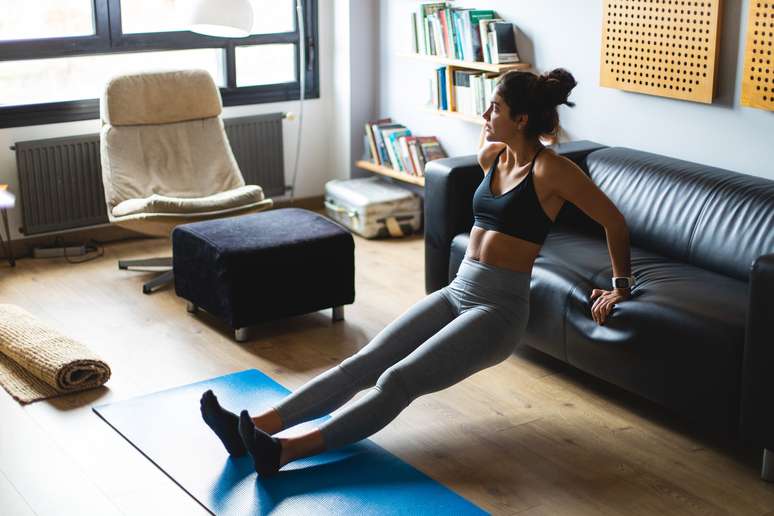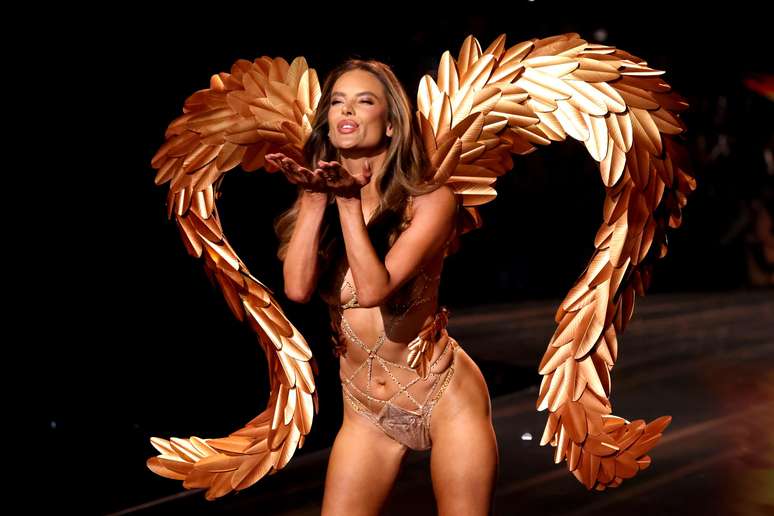With the method, training can be done without equipment or dumbbells; Find out how to train at home with rhythmic gymnastics!
One of the advantages of rhythmic gymnastics is its versatility. The training method involves increasing muscle mass, physical definition and improving strength through exercises that do not require equipment, dumbbells or plates: all gains come from using body weight. This allows you to train anywhere, even at home!
Calisthenics is very versatile in terms of places to train. At home you can use chairs, sofas and stable objects to perform some exercises”, explains coach Júnior Britto, teacher of physical education, artistic gymnastics and functional training.
The calisthenics technique is also recommended for people who have never trained with weights or other resistance activities. BeginnersFor example, can train rhythmic gymnastics as long as they have the adequate guidance.
As with other activities, such as weight training, calisthenics must be practiced three to four times a week for its benefits to be noticeable. Who wants start practicing rhythmic gymnastics You should focus on the simplest exercises, always carried out with attention to correct posture and movement.
Can you train your whole body with calisthenics?
YES! You can train all muscle groups with calisthenics. “But there are not many isolated exercises, as in bodybuilding, although it is possible to train in isolation in some exercises. For example, triceps and biceps can be worked in isolation,” says Júnior Britto, teacher of physical education, artistic gymnastics and training functional.
Therefore, in rhythmic gymnastics, complex exercises are more common, the training movements of which work several muscle groups at once. “The best thing is this the only equipment really needed is body weight!”, says Júnior Britto.
He adds that while body weight is sufficient for a full calisthenics workout, some accessories can be helpful, such as rings, parallel bars and fixed bars, such as those placed in doorways. “The floor itself is also a great option”He adds.
Good examples for those just starting out include:
- Abdominal plank
- Side plank
- Stumpy
- Fixed bar
- Lunges (unilateral squats)
- Lift
- Burpee (squat followed by a jump)
Study on rhythmic gymnastics
To evaluate the benefits of calisthenics, Brazilian researchers divided 15 people between 19 and 40 years old into two groups: the calisthenics group and the control group. The first team carried out 27 training sessions, three times a week, lasting 50 minutes each.
The training was divided into four blocks and it was thus possible to evaluate the participants’ jumping ability, agility, isometric strength and intermittent resistance. According to the research, calisthenics achieved a statistically significant difference throughout the experimental period.
Significant differences in body composition were observed in the experimental group. The analysis of anthropometric variables highlighted significant increase in lean mass, as well as a significant decrease in body fat and fat percentage“, concludes the study.
Other benefits of rhythmic gymnastics include
- High calorie expenditure
- Muscle definition
- Greater strength
- Flexibility
- Increased burning of body fat
- Balance
- Cardiorespiratory endurance
8 rhythmic gymnastics exercises to do at home
Check out some calisthenics exercises to do with objects you have at home and practice without having to go to the gym.
1. Static or isometric squats
The goal here is to make the movement more difficult by staying in the 90-degree squat position for a few seconds. It can be done with your back against the wall, but also without support. Try staying in the squat position for 30 seconds and then repeat the full movement.
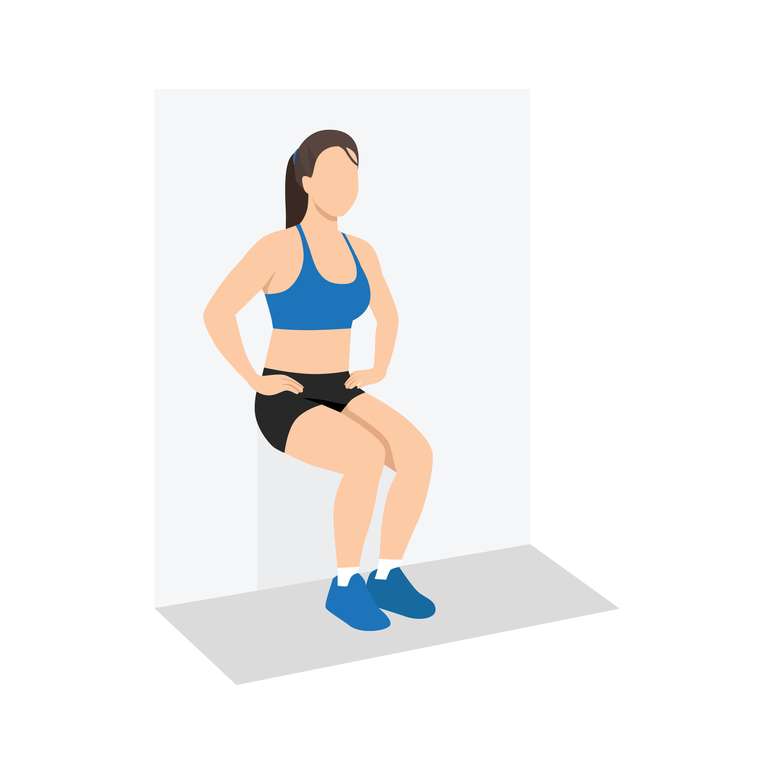
2. Unilateral ascent
For this exercise you will need a fixed bench or even a wall at hip height. The movement consists of going up with one leg and returning.
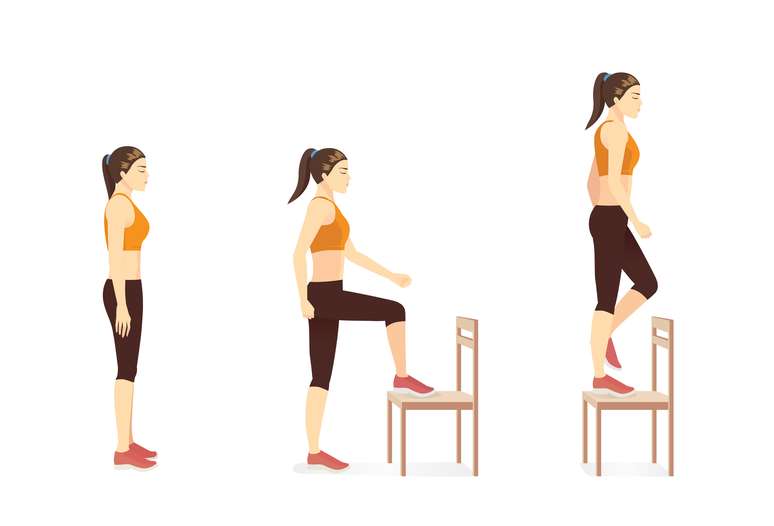
3. Pelvic lift
The movement is simple. Lie on your back on the floor with your legs bent and together. Then, lift your pelvis, keeping your legs and arms in contact with the ground. It is a good calisthenics exercise for the buttocks.
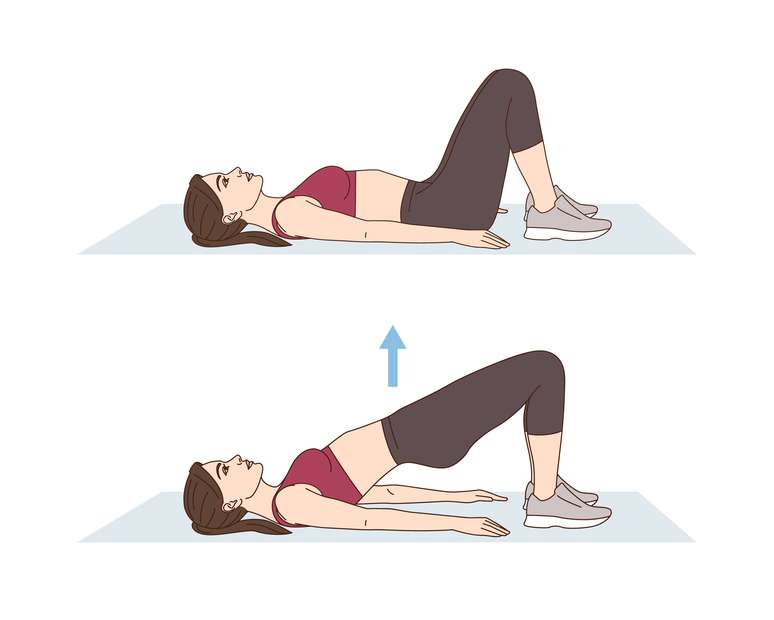
4. Bulgarian squat
This exercise is performed with the back leg resting on an elevated object, such as a chair. You don’t necessarily need additional weight, as just having one leg raised behind you makes the movement more complex and difficult, making it a great exercise to do at home.
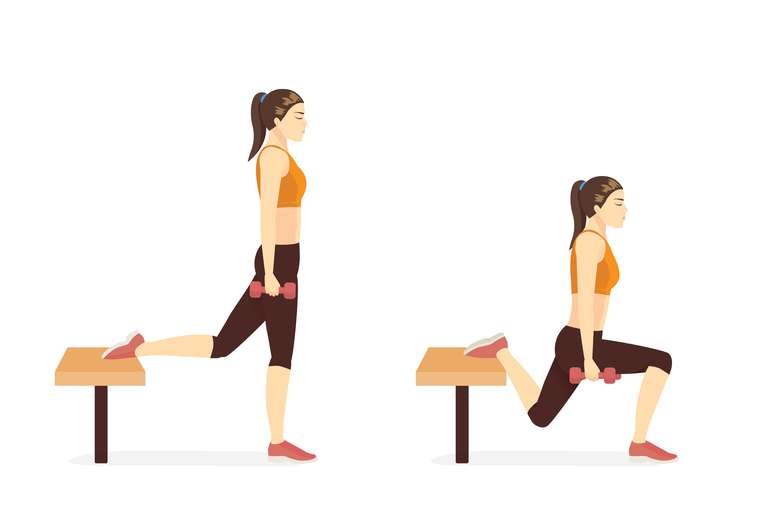
5. Refuse push-ups
Here you are in a position inclined to the floor, resting your arms on a fixed bar or even on a table. Recruits the lower pectoral region, as well as the shoulder and triceps.
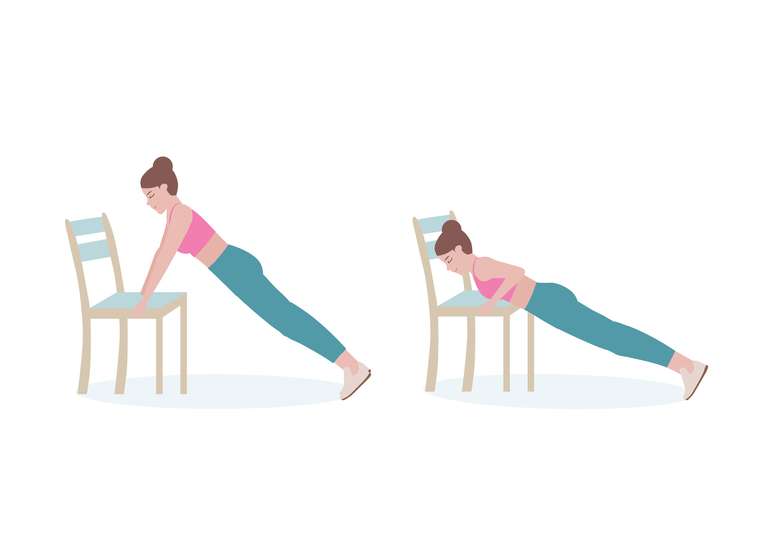
6. Inclined push-ups
You can rest your feet on a fixed bench or any elevated object, keeping your body inclined to the floor. This movement works primarily the upper chest and also the triceps, in addition to the shoulders.
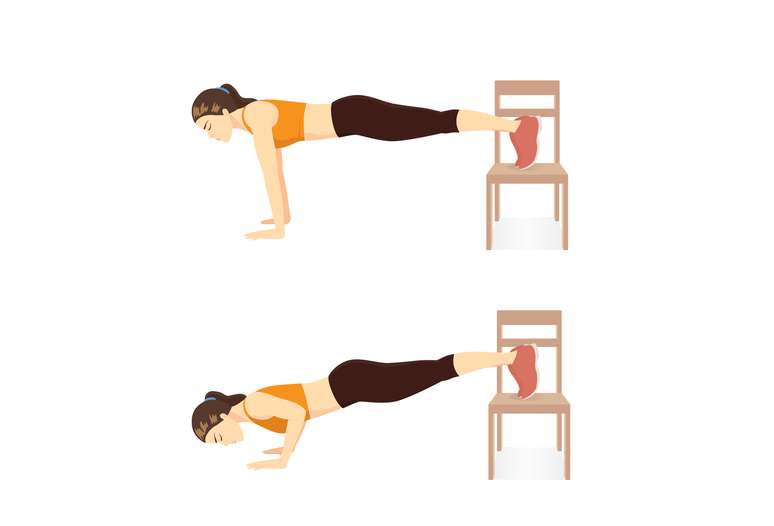
7. Triceps bench press
This movement activates the triceps in a concentrated way and can be performed on any fixed bench or similar object that allows for the full range of the exercise. The shoulders are also indirectly necessary.
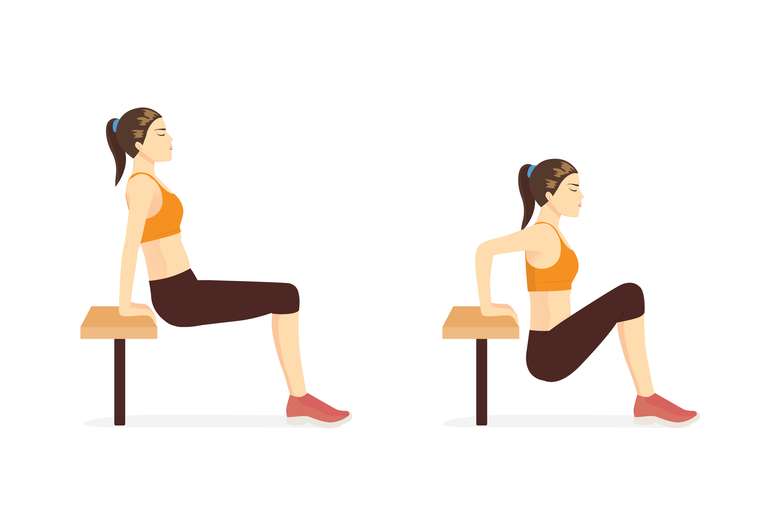
8. Climber
In the climber, the person must place both hands on the ground and remain in the traditional plank position. However, you will have to perform a movement alternating the position of your legs, as if you were climbing a mountain, alternately bringing your knees to the height of your abdomen.
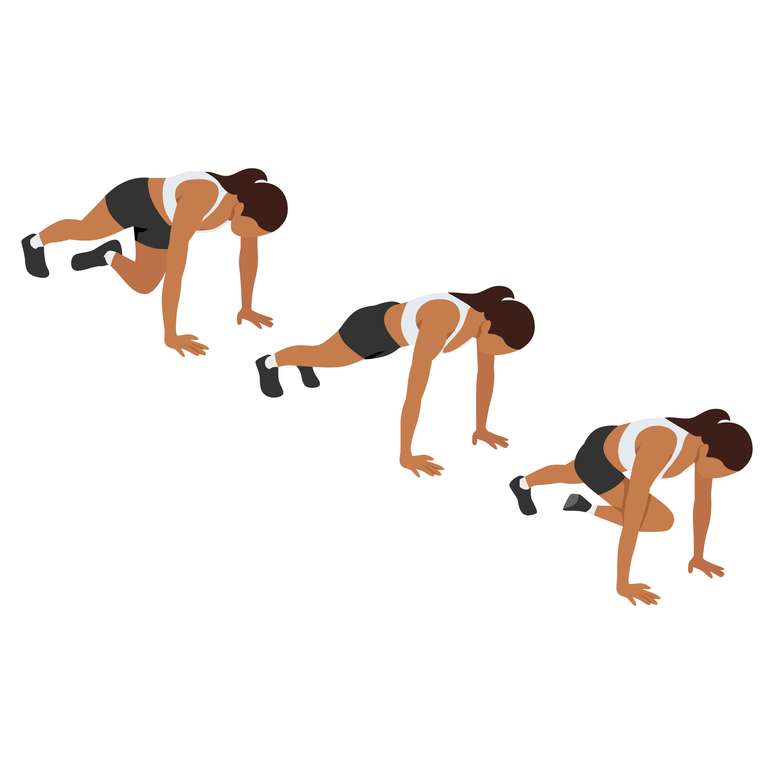
Source: Terra
Ben Stock is a lifestyle journalist and author at Gossipify. He writes about topics such as health, wellness, travel, food and home decor. He provides practical advice and inspiration to improve well-being, keeps readers up to date with latest lifestyle news and trends, known for his engaging writing style, in-depth analysis and unique perspectives.

